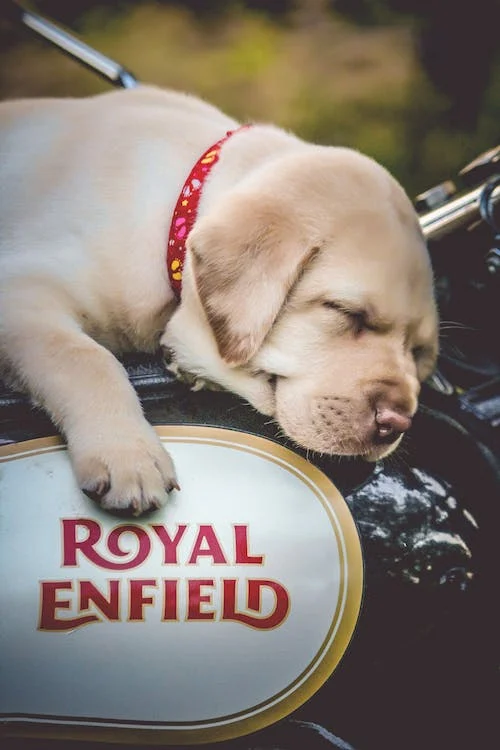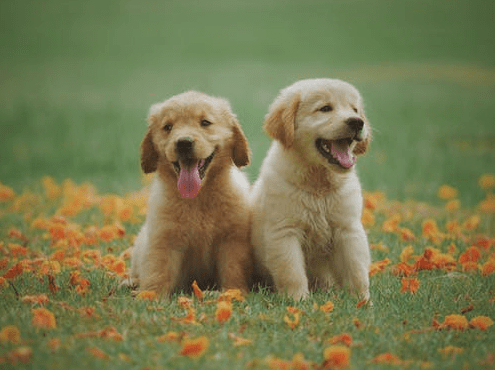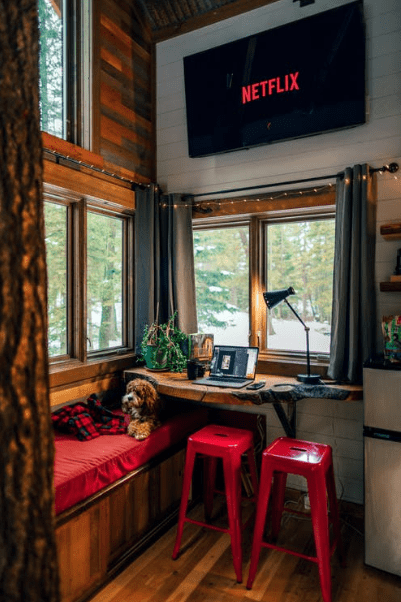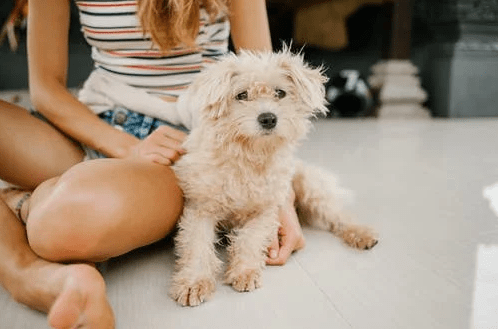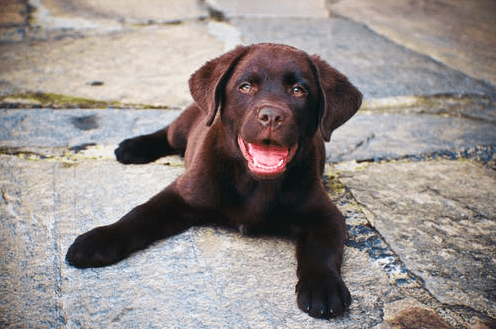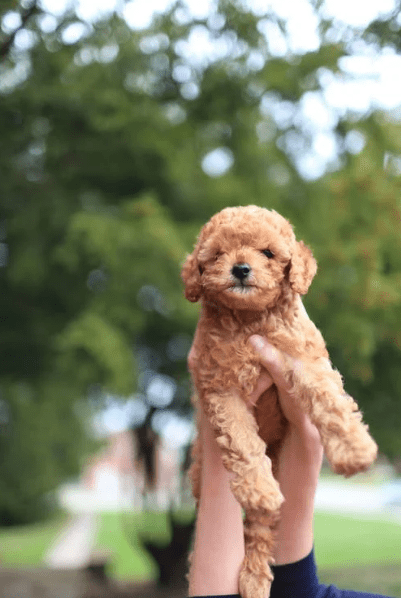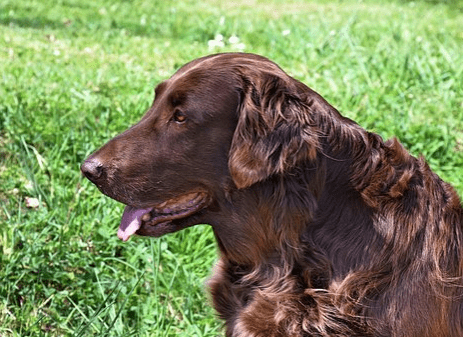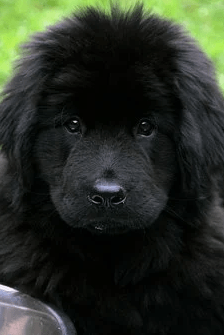Many kids ask for a pet dog at some point, but this request raises a lot of worries for the parents or guardians. The care of the dog is a whole other story, but another important consideration is getting a dog breed that’s suitable for families and especially kids. If you’re not careful, dogs and even puppies can become a danger to young children.
Another factor in choosing the perfect pet is to look at kid friendly breeds. There are several dog breeds that might not be friendly or playful enough to keep up with the kids in your home. Here’s how you can go about making the best selection:
The Dog’s Temperament
The temperament of the dog is a very important factor. Take a look at the dog yourself and ask its previous owner or trainer about its personality. The temperament should be agreeable, somewhat calm, and open to forming strong bonds. With all these factors in place, the dog should be an excellent companion for the kids.
The Dog’s Size
While the size of a dog cannot guarantee whether it will be good with children. The size should be considered along with energy levels and overall temperament.
A large dog could also be docile, while smaller breeds can be dangerously excitable. However, a very large dog might knock over very small children. No matter how gentle it is, you might have to think twice about the bigger breeds.
The Energy Level
Some kids are more energetic than others, so consider that factor before selecting a dog. If the one your pick needs a lot of exercise, ensure that playing and walking with the kids will fulfill that requirement.
If the energy needs of a dog aren’t met, the excess can spill over into behavioral problems. Check the energy levels of the kids and the dog, then make a decision.
Meeting Beforehand
One of the best ways to determine whether a dog will be a good fit with your kids is to arrange a meet and greet beforehand. See how the canine responds to each family member. If they seem overly aggressive to any one member, you might want to rethink your decision.
Check the body language of the dog; see if it approaches with its tail wagging, or whether it cowers in a corner. Does it share or play with the family, or becomes overly possessive of a toy? Checking all these factors can prevent a dangerous situation when you expose the dog to your kids.
Questions to Ask the Shelter/Rescue Workers
If the meet and greet fulfills your expectations, the next step is to consult the shelter staff or rescue workers that are holding the dog at present.
Find out what the dog likes or dislikes, and who it socialized with the most. Some dogs only want to interact with adults or one specific gender.
The ongoing care of the dog is also an essential question. Will it require careful grooming, frequent visits to the vet, or something else?
If you have any other pets, ask if the dog will be able to socialize and blend in with them as well. The same goes for adjusting to a new home routine, toilet training, etc.
Checking all the boxes above is an indispensable step, but you can make things easier by selecting certain breeds that are known to be kid-friendly. These include the following options:
The Top Dog Breeds for Kids
1. Golden Retriever
This is a smart and kind dog that’s also known for its confidence and loyalty. It’s not aggressive or timid, but is very patient with kids.
Golden retrievers also don’t need much exercise. Kids will find it a lot of fun to play retrieving games with them, like throwing balls or Frisbees. Even when a child gets tired, they can still play and bond with the animal without running or walking too much.
Other positive traits of this breed include affection and obedience. However, there is the need for proper and regular care with this species. You’d have to get their coat brushed twice a week at least or do it yourself.
2. Labrador Retriever
This is a very popular breed of dog; it’s playful, loving, reliable, protective, and patient as well. Another excellent trait is that they’re very intelligent and will usually respond positively to training.
On the other hand, be aware that these dogs require a high level of exercise. If your kids like to swim, they’ll have a pet that will be right alongside them in the water. Make sure every family member is active enough to keep up with their demands. Plus, it’s ideal to have a large area so that the canine can run, walk, play, and generally roll around.
No matter whether you get a yellow, chocolate, or black Labrador, this breed has a lot of strength and stamina. They’re also quite obedient and will get along fine with your other pets.
Finally, these friendly dogs also have the advantage of being low maintenance. They have short coats, so one combing a week will be enough to ensure their cleanliness and health. Their shedding might be an issue, though, so get ready for more sweeping and vacuuming sessions.
3. Poodle
Along with their distinctive haircuts, poodles are also gentle with kids and smart spices to boot. It’s caring, loyal, elegant, and a little proud as well. It won’t get bored or annoyed too easily, which is an asset with active kids.
You can get a poodle in the standard size or opt for a miniature one if your children can deal with a toy-sized dog. The small sizes are best if you have a limited living space.
What’s even better is that poodles are good for homes with allergy-prone members. They don’t shed very much, so you won’t have to worry about those loose hairs. You will have to schedule their grooming sessions, though.
A standard poodle will usually be obedient, playful, adventurous, and smart. While they might be a bit shy with new people, they usually bond well and get along with their human family.
If you get a miniature poodle, however, keep in mind that they will probably attach themselves to just one family member. They will be fine with any kid or pet and still be obedient, responsive, and somewhat playful.
4. Irish Setter
Irish setters have a unique red coat and an energetic temperament most of the time. It’s also a playful breed that likes to be around being. It will also play well with the children, so consider this choice if you’ve committed to getting a pet for them.
In fact, such dogs might even adore your family to the extent that they wouldn’t like to be left alone. They behave well enough when their loved ones are near, but you might not want to leave them unattended for too long. Their relatively longer coat will also need a bit of extra grooming, or it might get matted in places.
Since this breed is an energetic one, make sure your kids can match its activity needs. Overall, this pet can also be trained properly and will also greet new folks very nicely.
5. Newfoundland
The nickname for this breed is ‘Nature’s babysitter’, which tells us a lot. It’s among the most intelligent dogs you can find. One great bonus here is that they usually love all children and have a sense of protection about them.
This breed is also kind, gentle, patient, and sweet. These traits endear them to most people, whether they’re old or young. However, it will thrive the most with a family that lives in a large, open space.
On the downside, this sort of dog is also known to drool a lot and shed its hair quite often. Even though you can’t leave them outside for too long. It’s best to keep them inside and have regular upkeep sessions.
Newfoundland dogs also have a rescue instinct and are excellent swimmers. You can even train them to do certain tasks with a bit of effort.
Conclusion
In order to minimize the risk to kids and ensure that your new pet feels comfortable in your home, do your research before making a final decision. Consider the dog’s size along with the lifestyle at your end. Energy levels, allergies, and all the factors we’ve discussed above will need to be considered before moving forward. Don’t limit yourself to certain breeds either; a mixture can also be acceptable. Consult a professional trainer if you’re confused, but don’t be in a hurry to take the first dog you see home. Some gadgets for dogs might also come in handy to get your new pet into a healthy, safe routine.

